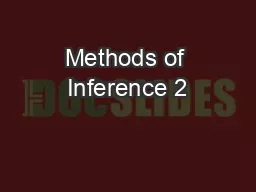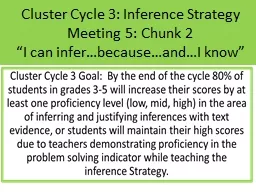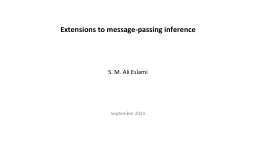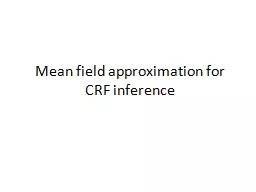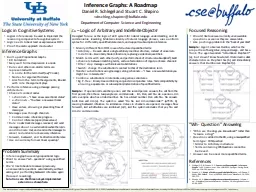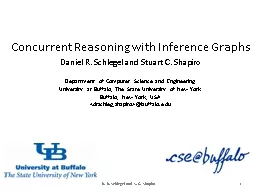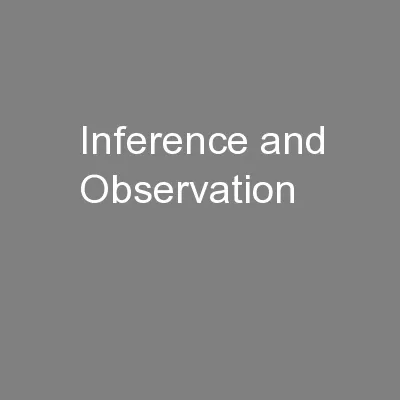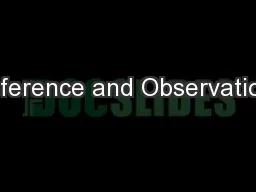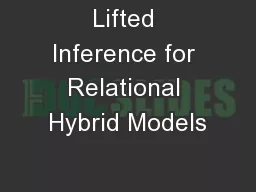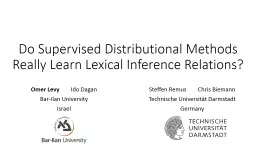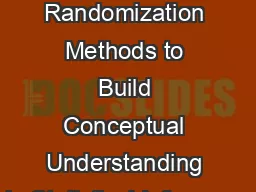PPT-Methods of Inference 2
Author : lindy-dunigan | Published Date : 2018-01-05
Session 6 Course T0273 EXPERT SYSTEMS Year 2014 Learning Outcomes LO 2 Describe the characteristics of Expert Systems After taking this course students should
Presentation Embed Code
Download Presentation
Download Presentation The PPT/PDF document "Methods of Inference 2" is the property of its rightful owner. Permission is granted to download and print the materials on this website for personal, non-commercial use only, and to display it on your personal computer provided you do not modify the materials and that you retain all copyright notices contained in the materials. By downloading content from our website, you accept the terms of this agreement.
Methods of Inference 2: Transcript
Download Rules Of Document
"Methods of Inference 2"The content belongs to its owner. You may download and print it for personal use, without modification, and keep all copyright notices. By downloading, you agree to these terms.
Related Documents

